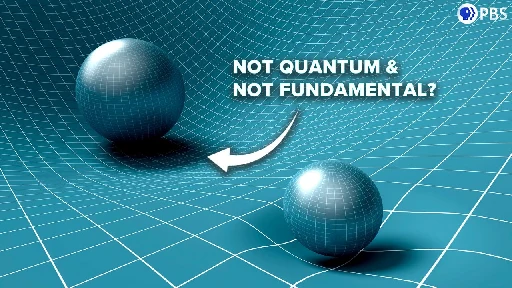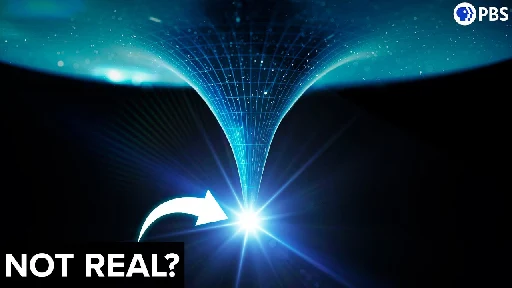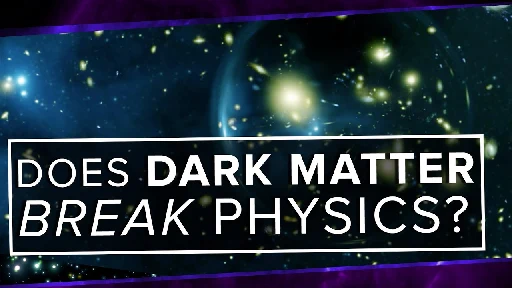
Space Time
- Entropic Gravity

YouTube Video
Click to view this content.
>Maybe gravity is no more fundamental than the force of a stretched elastic band. Maybe gravity is just an entropic byproduct—an emergent effect of the universe’s tendency to disorder.
- Do Black Holes have Singularities?
>Abstract
There is no proof that black holes contain singularities when they are generated by real physical bodies. Roger Penrose claimed sixty years ago that trapped surfaces inevitably lead to light rays of finite affine length (FALL’s). Penrose and Stephen Hawking then asserted that these must end in actual singularities. When they could not prove this they decreed it to be self evident. It is shown that there are counterexamples through every point in the Kerr metric. These are asymptotic to at least one event horizon and do not end in singularities.
- What if Singularities DO NOT Exist?

YouTube Video
Click to view this content.
>It's not too often that a giant of physics threatens to overturn an idea held to be self-evident by generations of physicists. Well, that may be the fate of the famous Penrose Singularity Theorem if we're to believe a recent paper by Roy Kerr. Long story short, the terrible singularity at the heart of the black hole may be no more.
- A Closer Look in the Mirror: Reflections on the Matter/Dark Matter Coincidence
Abstract
We argue that the striking similarity between the cosmic abundances of baryons and dark matter, despite their very different astrophysical behavior, strongly motivates the scenario in which dark matter resides within a rich dark sector parallel in structure to that of the standard model. The near cosmic coincidence is then explained by an approximate ℤ2 exchange symmetry between the two sectors, where dark matter consists of stable dark neutrons, with matter and dark matter asymmetries arising via parallel WIMP baryogenesis mechanisms. Taking a top-down perspective, we point out that an adequate ℤ2 symmetry necessitates solving the electroweak hierarchy problem in each sector, without our committing to a specific implementation. A higher-dimensional realization in the far UV is presented, in which the hierarchical couplings of the two sectors and the requisite ℤ2-breaking structure arise naturally from extra-dimensional localization and gauge symmetries. We trace the cosmic history, paying attention to potential pitfalls not fully considered in previous literature. Residual ℤ2-breaking can very plausibly give rise to the asymmetric reheating of the two sectors, needed to keep the cosmological abundance of relativistic dark particles below tight bounds. We show that, despite the need to keep inter-sector couplings highly suppressed after asymmetric reheating, there can naturally be order-one couplings mediated by TeV scale particles which can allow experimental probes of the dark sector at high energy colliders. Massive mediators can also induce dark matter direct detection signals, but likely at or below the neutrino floor.
- In which we examine recent JWST discovery of super-distant black hole, and discusses potential implications to theory.

YouTube Video
Click to view this content.
"... It’s the most distant black hole we’ve semi-directly detected. That’s cool enough on its own, but as an added bonus this one smudge may have solved the mystery of the origin of the supermassive black holes in our universe."
